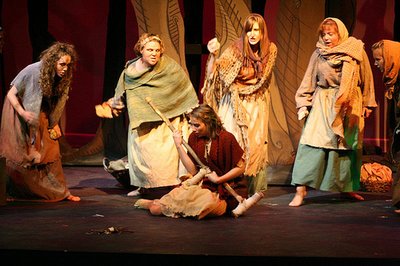

In Innistrad, red and green are the colours of werewolves, taken over by the beast within them and looking for new prey to hunt. Now, they trawl through the streets, destroying entire districts and taking any resources they can find before moving on. The Gruul Clans of Ravnica were once the protectors of the Plane's nature before it was all taken over by the ever-expanding city. There's no care for society or knowledge, it's all about the hunt. Red's passion and green's emphasis on nature make the two the colours of raw, bestial instinct. In a lot of ways, red and green are the simplest of the colour pairs. Here's everything you need to know about the philosophy of Magic's colour pairs. Colour pairs have their own strategies and limitations, and knowing what you like to play can help hone down which colour pairs you should look into when building your deck. This guide assumes you have read our guide to the philosophy of the five individual colours, but understanding what each of the game's ten colour pairs stands for can improve your understanding of the game just as much as each colour in isolation. RELATED: Magic The Gathering Color Philosophy Explained: What Do The Five Colors Represent? When two colours meet, they can become radically different from what they represented before, either supported or contrasted by their partner colour.

While each of Magic the Gathering's five colours have their own philosophies, themes, and design spaces, almost every set also combines them into colour pairs.


 0 kommentar(er)
0 kommentar(er)
